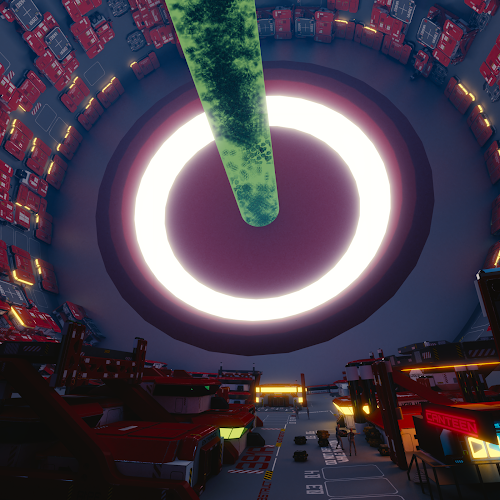Our burgeoning civilization would need hundreds of planets to continue growing. But with no other worlds nearby that can support billions of people, we must build them from scratch. In the time it would take to “terraform” Mars, we can construct enough rotating habitats to house billions.
Based on elementary Newtonian physics, a rotating habitat is a cylindrical megastructure made of a rectangular section bent until the two longer sides meet, forming a tube and topped by two circular sections acting as lids on both ends. Earth’s gravity is simulated inside the rectangular section, or drum, by spinning the cylinder along the imaginary line connecting the centers of the two circular sections. Objects inside are accelerated outward pushing against the drum by the effect of artificial gravity.In space, solar panels capture seven to eight times more power than on Earth's surface. Crops can be engineered to grow in microgravity, along the rotating axis. In the not-so-distant future, we'll learn how to grow a steak without the cow, an apple without the tree, and so on, allowing each rotating habitat to be entirely self-sufficient. As our population grows, we'll add more rotating habitats around the sun, beyond the Earth's orbit, forming the first ring around the Sun.


